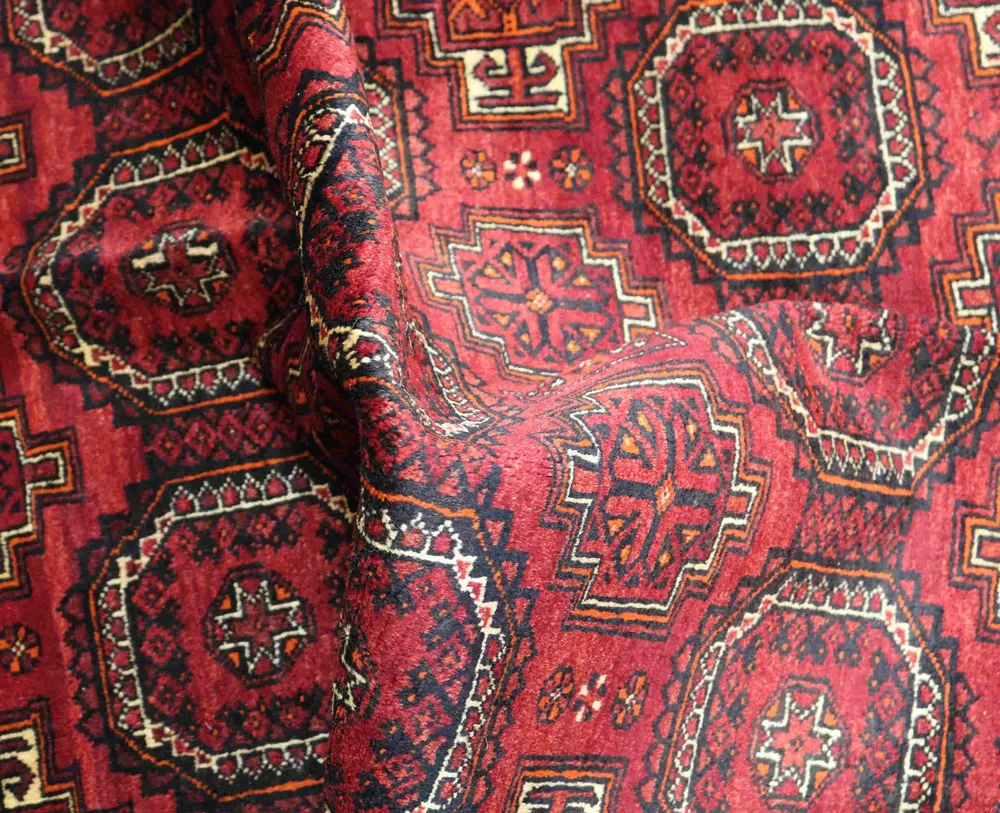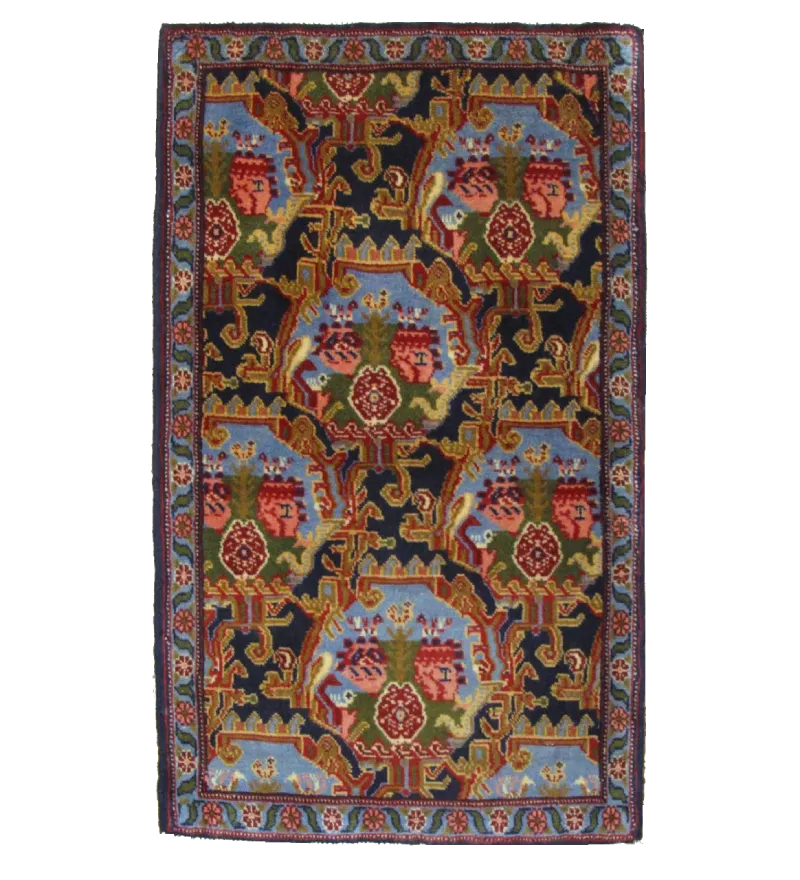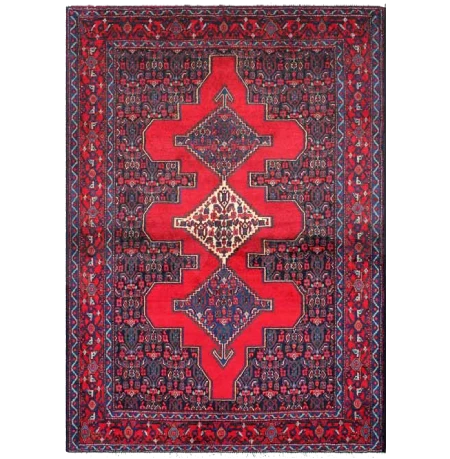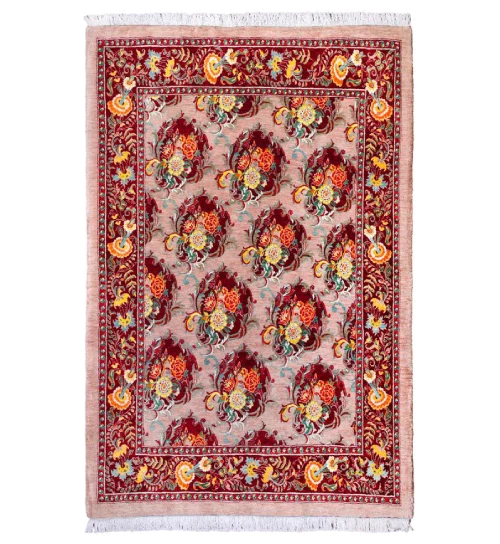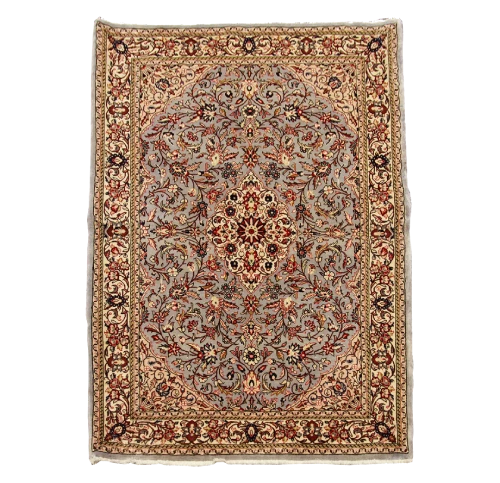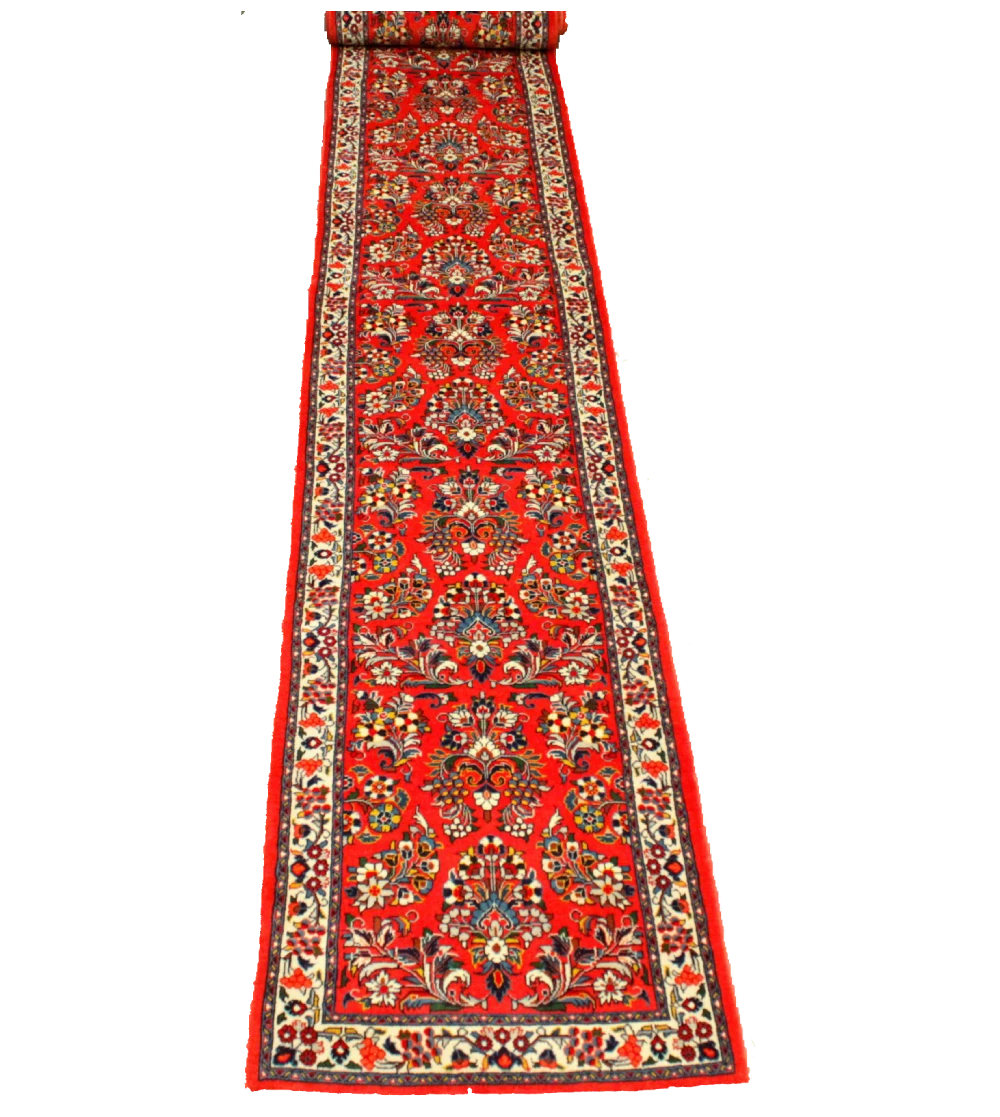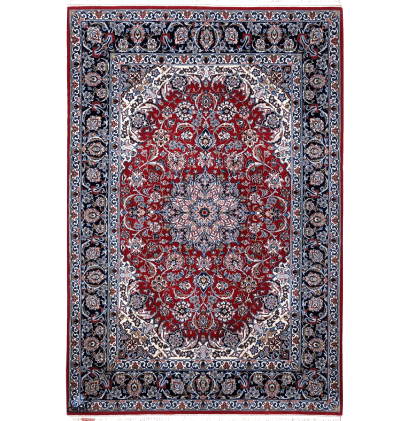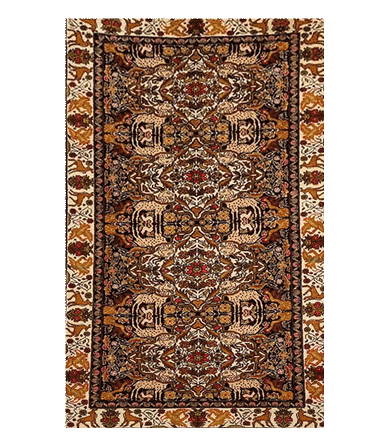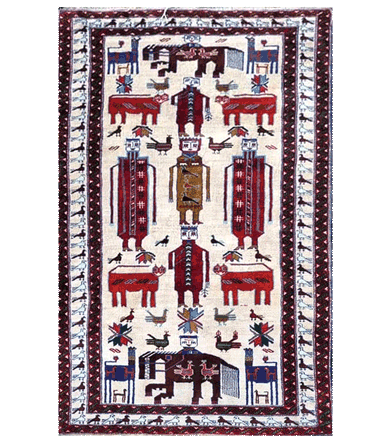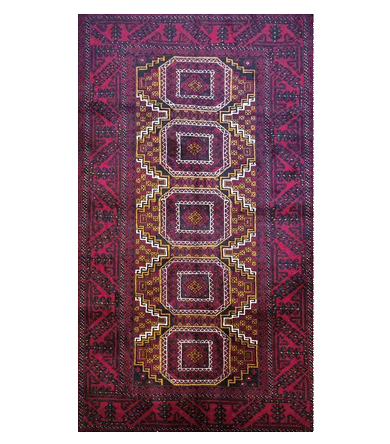The Persian carpet industry's history is lengthy and requires a lot of time to learn every detail. But as this beautiful art makes everyone curious about its genesis and history, a quick exploration of its main facts can fulfill our curiosity. We have three types of evidence to discover the age of this industry:
1-Carpets and fragments remained from the past
2-Persian traditional paintings and illustrations
3-History books and travelogues
Carpets and textiles are easily decomposed, so there is little evidence of rugs and textiles from the past. According to the studies, interweaving fibers in Persian civilization dated back to the 5th millennium BC, and archeologists found some textile pieces in Iran that belonged to that time. The world's oldest rugs, dating back to the 4th–3rd centuries BC, are found in a grave belonging to a
Scythian patrician in the valley of the Altai mountains of Kazakhstan. This fabulous rug was founded in 1949 and is currently kept in the
Hermitage museum in Saint Petersburg. The originality of this rug is still unknown. Though the patterns and designs of this rug are magnificently similar to the arts and designs of Persian civilizations of that time, Achaemenid arts and cultures, we can't consider this rug a Persian carpet. The only document that has been told about "Persian carpets" in ancient times is a description in the "Anabasis" book by a Greek author,
Xenophon. Xenophon describes Persian carpets as valuable and suitable for use as diplomatic gifts. It is unclear whether these carpets were made by pile weaving or other methods, such as flat weaving or embroidery. Still, it is noteworthy that the first mention of Persian carpets in literature worldwide places them in a background of richness and beauty. Another documentary of the presence of carpets in ancient Persian civilizations is the "Spring garden rug" or "Baharestan rug" and "Bahar-e Kasra," a rug dedicated to Khosrow, the king of the
Sassanid empire of Persian civilizations that is mentioned in the history book of "Al-Tabari." He described this carpet as a considerable floor covering, decorated with rare stones and covering the great hall of "
Taq Kasra," or the arch of Ctesiphon, but as the Arabs took possession of it after Ctesiphon fell to the Arabs, there is no trace of it!
Unfortunately, there isn't any other evidence for Persian carpets before the advent of Islam in Persia. Also, at the beginning of the empires of the Arabian Caliphs in Persia, there were just some references as descriptions in historical and travelogue books, such as "Ibn Battuta" (the Arabian traveller) travel report book. These documentaries tell us that in the early rise of Islam (about the 6th to 11th century) in Persia, carpet weaving was common among tribes and rustic people. After the overthrow of the Arab government, some fragments of carpet weaving were found from the Turko-Persian or
Seljuk empires. These pieces help us understand the shapes of carpets and rugs at that time. Many traditional paintings (or miniature paintings) from the 13th to 15th centuries from the Mongol and Timurid empires in Persia show their interior spaces decorated with floor coverings with attractive designs. In 1473,
Giosafat Barbaro, a Venetian merchant and diplomat, went to the Tabriz court in Persia and repeatedly brought up the magnificent carpets and even silk-woven rugs he saw in the palace.
Until the
Safavid Empire (16th–18th century) in Persia, evidence and references for Persian rugs and carpets were limited. The Safavid dynasty is known as the golden age of Persian culture and art and had an extraordinary effect on the art of this land. Many handwoven rugs and carpets from the Safavid era are kept in famous museums worldwide as magnificent treasures. The patterns and structures of these carpets indicate that they were designed by masters of Persian paintings and arts and woven in large court workshops. Though there aren't any fragments that show the prevalence of nomadic and tribal rugs, it's evident that many cities had equipped workshops with massive looms and many weavers, such as Isfahan city as the capital of the Safavid empire. One of the treasures of Persian carpets in the Safavid dynasty, called "
The Emperor's Carpet," is kept in the Metropolitan Museum in New York. The gate to the Persian carpet trade's boom opened during the Safavid era, and after that, people around the world started to collect Persian carpets as their valuable artistic investment. Many famous collections of antique Persian carpets are excellent evidence of carpet weaving in Iran after the Safavid empire, like
Salting carpets and
Sanguszko carpets. During the Qajar empire in Persia (18th–20th century), Persian rugs and carpets became highly prized worldwide. Many European and American merchants invested in this industry by placing many workshops in rural regions of Iran. Persian carpets and rugs became Iran's most incredible trading products during the Pahlavi era (1925–79). Today, despite growing machine looms, Persian carpets are still beloved by many worldwide. This unique industry still has a great place in the economy of Persian tribes and people, which continues its long and mysterious life in the corners of Iran!
